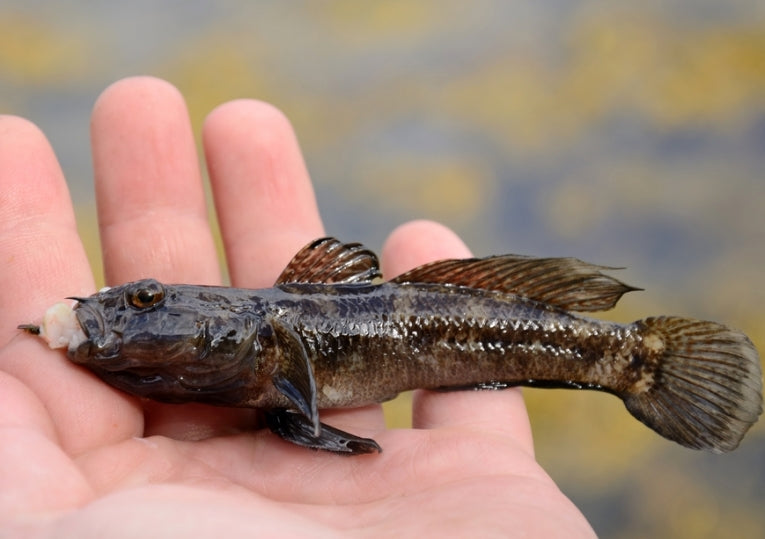Invasion is a strategy employed by many successful organisms, some of them not so good at survival on their own patch. For any animal, the performance throughout their lives, their adaptable morphology and the parasitic load should be taken into account. Speed of invasion has always been critical, leaving predators or competition little time to catch up. Reproduction has proved to be less important than you would expect, as strength, competitive or even just size issues really count when you're sitting in a new habitat with niche issues.
We can expect loss of biodiversity when alien species appear. Generalist feeding, complex reproduction and habitat use are just three of the characteristic you expect in freshwater invasions. The history goes back to zebra mussels and killer shrimps in several countries around the world. Their crowning success is their plasticity of habits most needed for their success.
Neogobius melanostomus, the round goby is able to invade marine and freshwater systems in both Europe and North America. In 2 years it has left its native habitats near the Danube's lower reaches, and completely succeeded in colonising the giant river's headwaters. It forms 73% of the fish population in some areas. Beware the Great Lakes, and the Baltic, as they have already had their share of invaders. In 2004, a first record was noted in the German stretch of the Danube. Now 20 specimens per square metre are found in established areas, and also "at the front" a few kilometres upstream.
As food availability is high in newly-invaded areas, size distribution may differ from that in regular populations. The large size of these particular gobies means they can consume large native molluscs and amphipods, but caddis larvae along with those of mayfly and stonefly are rapidly disappearing. Other factors will also be affecting the invader population, such as the number of parasites per individual. Here was a first opportunity to observe what happens as an invader changes its appearance, its, behaviour and the founder traits it possesses. Like a plant, an animal invader is different because it has changed its characteristics to suit the new environment.
The phenotypes of early and late phases of round gobies in a lotic ecosystem were recorded here by Joerg Brandner, Alexander F. Cerwenka, Ulrich K. Schliewen and Juergen Geist of TUM and ZSM in Munich. They wrote the paper "Bigger Is Better: Characteristics of Round Gobies Forming an Invasion Front in the Danube River," in the journal PLOS One.
The barriers are breaking down worldwide as species like these are carried by human intervention to areas where they could never have penetrated before. They evolve new feeding habits, achieve a higher position in the food web and even change their phenotype (appearance). Rivers are among the most liable to ecological harm, along with the lakes they serve while the anthropogenic global warming helps invasive species to adjust too. The bad news is that there are 5 more goby species still living around the Black Sea and its estuaries.










